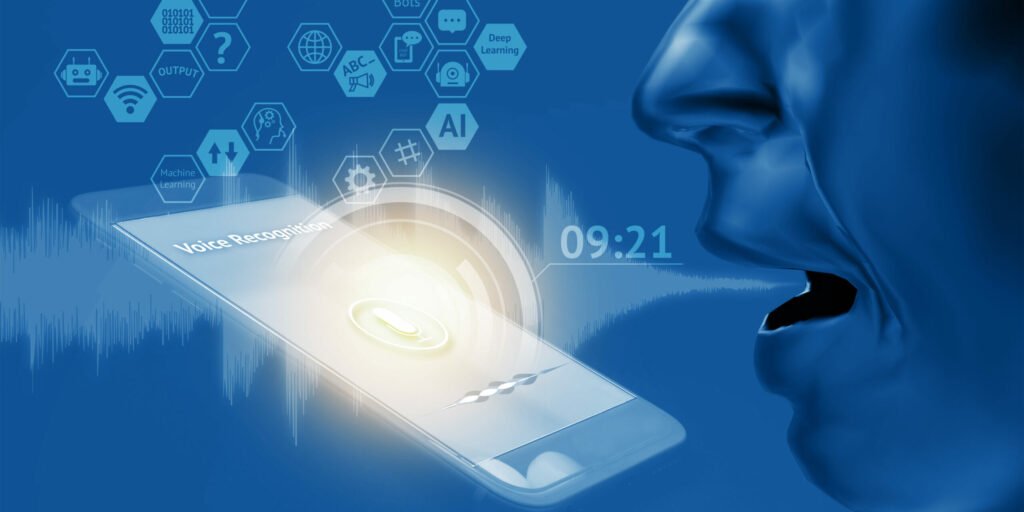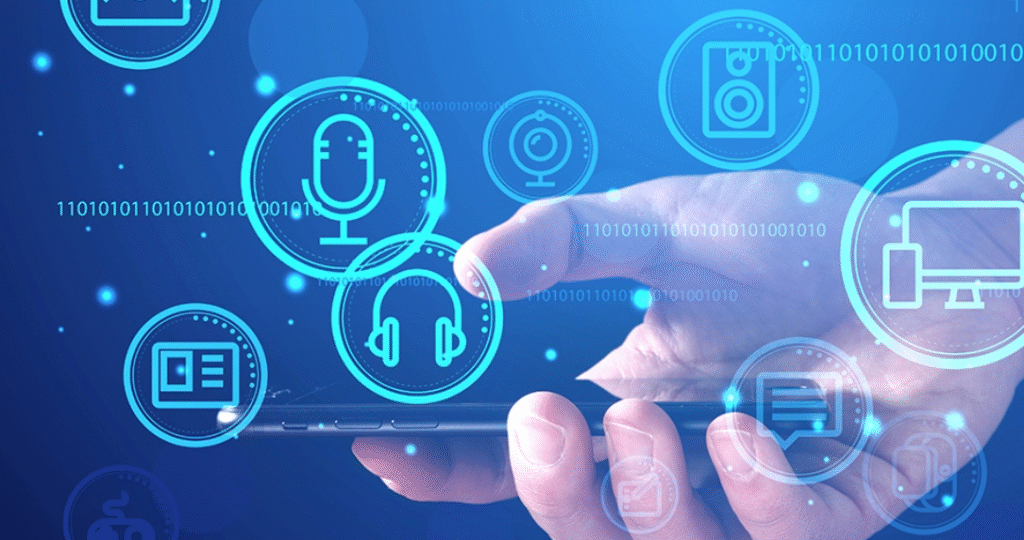Think about the last time you asked your phone for directions, dictated a quick message instead of typing it, or told your smart speaker to play your favorite song. It felt natural, almost effortless, didn’t it? Not long ago, speech recognition technology was clunky, frustrating, and often hilariously inaccurate. Today, it’s seamlessly woven into the fabric of our daily lives.
But this is just the beginning. The technology behind converting our spoken words into text and actionable commands is advancing at a breathtaking pace. We are moving far beyond simple commands like “call mom” or “set a timer for 10 minutes.” We are entering an era where our voice will become a primary interface with the digital world.
This article will explore the exciting future of speech recognition. We will look at the key trends shaping this technology and how it promises to revolutionize the way we work, learn, and interact with the devices around us.
From Novelty to Necessity: The Rise of Voice Technology
It’s helpful to understand how we got here. Early speech-to-text systems required users to speak slowly, with exaggerated pauses between words. They struggled with accents, background noise, and simple homophones (like “their,” “there,” and “they’re”).
The game-changer was the integration of Artificial Intelligence (AI) and Machine Learning (ML). Instead of relying on rigid programming, modern systems learn from vast amounts of data. They analyze thousands of hours of human speech, learning patterns, accents, colloquialisms, and context. This allows them to predict what word likely comes next, dramatically improving accuracy.
Cloud computing was the other crucial piece of the puzzle. Processing complex speech algorithms requires immense computing power. By sending your voice snippet to powerful cloud servers for analysis, your smartphone or smart speaker can return a accurate transcription or response almost instantly. This shift to the cloud means the devices in your home don’t need to be incredibly powerful on their own; they just need a good internet connection.

Key Trends Shaping the Future of Speech Recognition
As we look toward 2025 and beyond, several key trends are set to define the next generation of speech-to-text technology.
1. Hyper-Personalization and Contextual Awareness
Future speech recognition won’t just understand your words; it will understand you. Systems are becoming adept at learning individual user preferences, speech patterns, and frequently used vocabulary.
Imagine a system that knows you’re a doctor. It would automatically learn and correctly transcribe complex medical terminology without a hitch. For a lawyer, it would understand legal jargon. For you, it would know the names of your family members, your favorite restaurants, and your unique way of phrasing things.
Furthermore, context will be king. The software won’t just process the sentence you just said; it will understand the conversation that came before it. It will know if you’re in a business meeting, driving your car, or cooking in a noisy kitchen, and it will adjust its processing and responses accordingly.
2. Emotion and Intent Detection
The next frontier is for AI to detect not just the words we say, but how we say them. By analyzing tone, pitch, speed, and emphasis, advanced speech algorithms will begin to infer emotion and intent.
A customer service AI could detect frustration in a caller’s voice and automatically escalate the conversation to a human manager. A mental health app could use vocal biomarkers to help track a user’s mood and well-being over time. In-car systems could detect driver fatigue or stress and suggest taking a break.
This moves the technology from simple transcription to genuine interaction, making our conversations with machines feel more natural and human-like.
3. Real-Time, Multi-Lingual Translation
The dream of a real-life “Babel Fish” is inching closer to reality. Speech-to-text is converging with real-time translation technology. Soon, you’ll be able to have a fluid conversation with someone speaking a completely different language.
You speak in English, and your friend hears it in Spanish almost instantly, and vice versa. This will break down communication barriers in international business, travel, and education, making the world a significantly smaller and more connected place.
4. Seamless Integration into Every Domain
Voice technology will become ubiquitous, moving beyond our phones and speakers and into every aspect of our lives:
- Workplaces: Meetings will be transcribed in real-time, with AI generating summaries and action points. Professionals like journalists, writers, and students will find immense value in accurate dictation software. For a deeper dive into how this will look in practice, I found a fantastic resource that explores the practical applications of speech-to-text software in 2025. This practical guide outlines exactly how these tools are evolving to meet professional demands.
- Healthcare: Doctors will use voice-to-text for patient notes and updating electronic health records, saving precious time and reducing administrative burden.
- Accessibility: For individuals with disabilities, advanced voice recognition can provide unprecedented levels of independence, controlling smart homes, communicating, and accessing information entirely hands-free.
- Education: Students can use it to take notes, and educators can transcribe lectures, making learning materials more accessible to everyone.

Challenges and Considerations for the Future
This exciting future is not without its challenges. As we embrace voice technology, we must also be mindful of several critical issues.
- Privacy and Security: Our voice commands are often processed and stored on company servers. This data is incredibly personal. Who has access to it? How is it being used? Strong data protection laws and transparent corporate policies are essential to maintain user trust.
- Bias and Fairness: AI models are only as good as the data they are trained on. If that data lacks diversity, the systems will perform poorly for people with accents, dialects, or speech patterns that weren’t well-represented in the training set. Continuous effort is needed to ensure these technologies are fair and accessible to all.
- The “Ambient” Computing Dilemma: As voice assistants become more embedded in our environment, we must decide where to draw the line. Constant listening, even if it’s just for a “wake word,” raises valid questions about passive surveillance and the nature of privacy in our own homes.
Preparing for a Voice-First World
The evolution of speech recognition is not something happening in a distant lab; it’s happening right now. It’s a shift towards a more intuitive, efficient, and natural way of interacting with technology.
For businesses, this means exploring how voice interfaces can improve customer experience and operational efficiency. For individuals, it’s about embracing these tools to enhance productivity and accessibility in their personal and professional lives.
The goal is no longer just to transcribe speech accurately. It is to create technology that listens, understands, and assists in a way that feels like a natural extension of human capability. The future is not just typed; it’s spoken.
